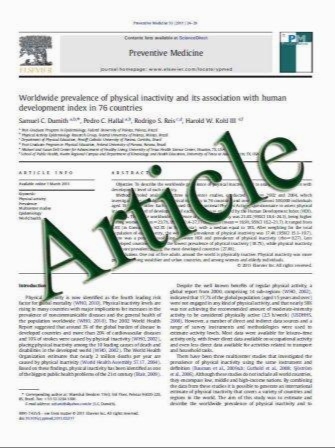Epinephrine Autoinjector Refill History in an HMO
- نوع فایل : کتاب
- زبان : انگلیسی
- مؤلف : Michael S. Kaplan & Sandy Y. Jung & Matthew L. Chiang
- چاپ و سال / کشور: 2010
Description
Epinephrine can be lifesaving in episodes of anaphylaxis, yet it is underprescribed and underused. Tracking of epinephrine refills over time for patients with a diagnosis of anaphylaxis has not been reported. This study reports on the refill history of 14,677 patients in a large HMO who received an initial dispensing of EpiPen (Dey Pharma, Basking Ridge, NJ) or EpiPen Jr between 2000 and 2006. A total of 6,776 (46%) refilled at least once. Twenty-five percent of the patients who were in the cohort for 5 years or more refilled multiple times, and 11% refilled consistently at all expected refill times. Infants through children 12 years of age were more likely to receive a refill dispensing (63%) compared with teenagers and adults (40%). The most common ICD-9 codes that were linked to the initial epinephrine dispensing were allergic disorder (37%), miscellaneous anaphylaxis/angioedema (23%), hymenoptera/insect bite or sting (14%), and specific or nonspecific food allergy (11%). A total of 79% of patients with a food-related ICD-9 code and 59% of patients with an insect sting-related ICD-9 code refilled epinephrine at least once. An opportunity exists to identify system-based as well as personal barriers in an ongoing effort to provide patients at risk with the tools and empowerment that could reduce their risk during lifethreatening anaphylactic reactions.
Curr Allergy Asthma Rep (2011) 11:65–70 DOI 10.1007/s11882-010-0155-6 Published online: 19 October 2010


